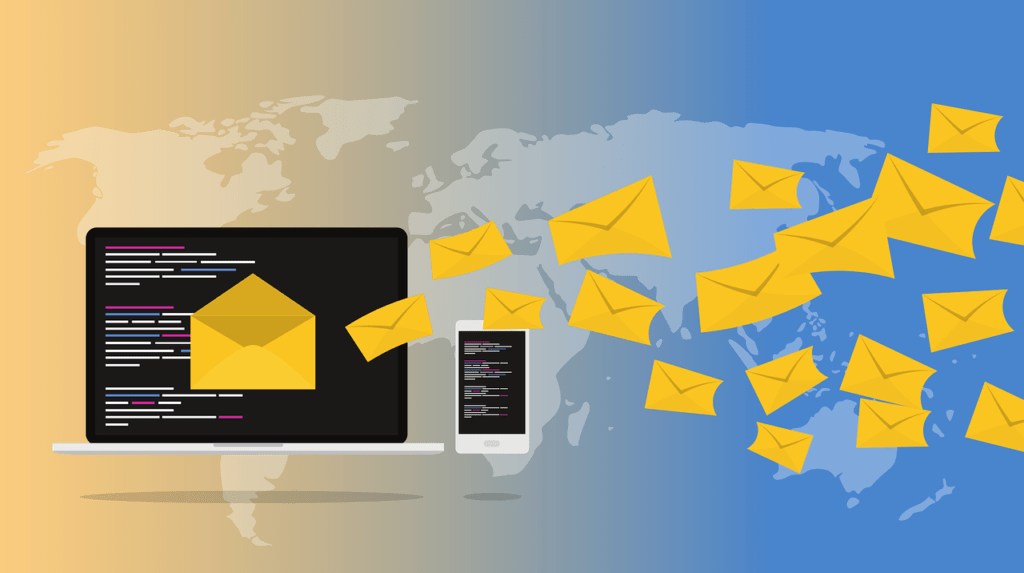2018 was a big year for email vendors and senders alike. From large-scale consumer data privacy legislation like GDPR and the California Consumer Privacy Act, to major updates from mailbox providers like Gmail’s massive redesign and the consolidation of Verizon, Yahoo, and AOL Mail properties under the Oath brand, the year brought momentous change for the email community. Looking ahead, there are three major trends we expect to drive innovation in email in 2019.
Lagging DMARC adoption leads to more phishing scams
In 2018, we saw the deadline come and go for all federal domains to implement DMARC, yet adoption in the private sector continues to lag. The “lead by example” approach isn’t working and wider adoption will be sparked by major mailbox providers requiring a policy enforced DMARC record or publicly stating implementing DMARC will improve deliverability. Other DMARC related concepts such as Brand Indicators for Message Identification (BIMI) are further helping to spark interest and raise awareness of DMARC.
With lagging DMARC adoption, we’ll likely see the ongoing trend of malicious attacks and malware leveraging email as it’s primary vehicle to inflict damage. Brands who haven’t considered a DMARC policy will need to understand the risks associated with not protecting their email domain. DMARC is not the silver bullet, but it does improve security against bad actors spoofing your brand.
Panel data’s future remains uncertain
The news that Gmail was allowing third-party app developers to access user inboxes caused quite a stir in the email marketing community this summer. Following the outcry from this WSJ story, a follow-up piece described Google’s decision to scale back third-party access to Gmail inboxes. The article stated “Under Google’s new rules, Gmail apps ‘may not transfer or sell data for other purposes such as targeting ads, market research, email campaign tracking and other unrelated purposes.’” Google tends to lead within the industry in everything they do, and continuously innovate with features designed to improve user experience and security. This latest update to its Google API user data policy, effective January 9th, 2019, strengthens its position on user data, trust, and security, and it’s likely that OATH and other mailbox providers will follow their lead in revising policies in 2019.
Marketers should pay attention to these changes in policy, especially if they rely on deliverability analytics and products using email panel data as a primary data source. Panel data derived from third-party apps that scrape and harvest users’ inbox data find themselves in serious limbo with these proposed policy revisions, and could very well be restricted or cut off as a result. Marketers should ask for a conversation with their vendor’s leadership about their plans to adhere to these new user data policies and reconsider other email analytics and deliverability platforms that do not rely on the uncertainty of panel data.
Resurgence of harnessing first-party data to drive ROI
Even though email is still one of the biggest drivers of marketing ROI, it is still a channel that remains largely unmastered for many marketers. Most marketers still struggle with creating efficiencies within their program to work smarter, not harder. Data is within reach for most marketers, but their inability to fully utilize it leaves opportunity on the table. Email allows brands to have a conversation with their subscribers, and many marketers still have room to grow in achieving this.
A big reason why is the challenges and complexities of harnessing the power of first-party data to drive email ROI. With the increase in stronger data privacy, and legislation like GDPR, brands are shifting back to the leveraging first-party data to create more tailored and personalized messages. With first-party data, the connection between your brand and your customer is more direct, thus improving the trust and relationship between both sides.
As email continues to adapt to changes in the martech landscape, marketers have the opportunity to innovate, finding new ways to harness email’s ability to connect with customers and drive revenue. The opportunities for email in 2019 are endless.
- Authentication, Personalization and Automation Among Email Industry’s Biggest Opportunities in 2019 - January 18, 2019
- Email Security: 2017 in Review - December 11, 2017



